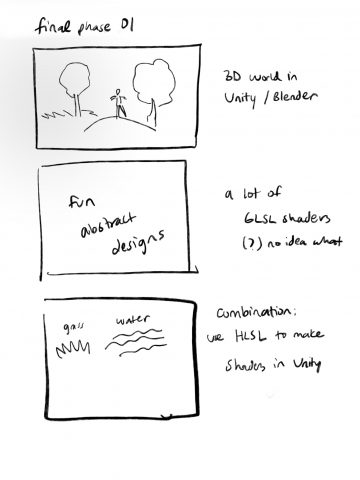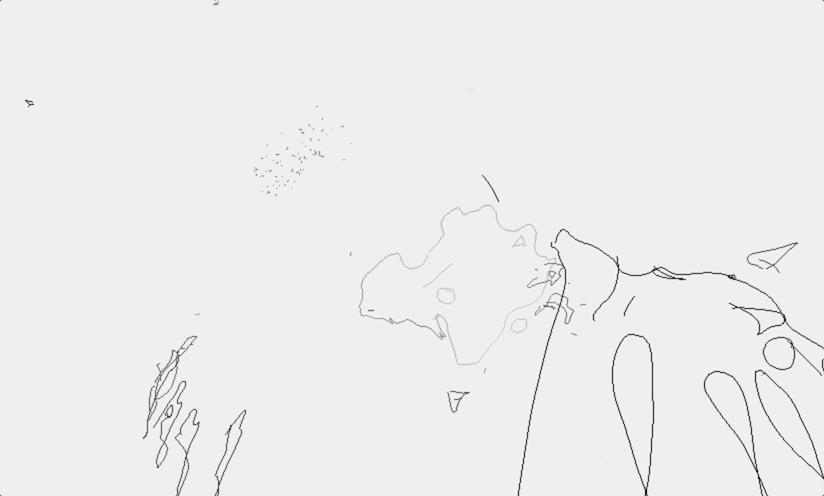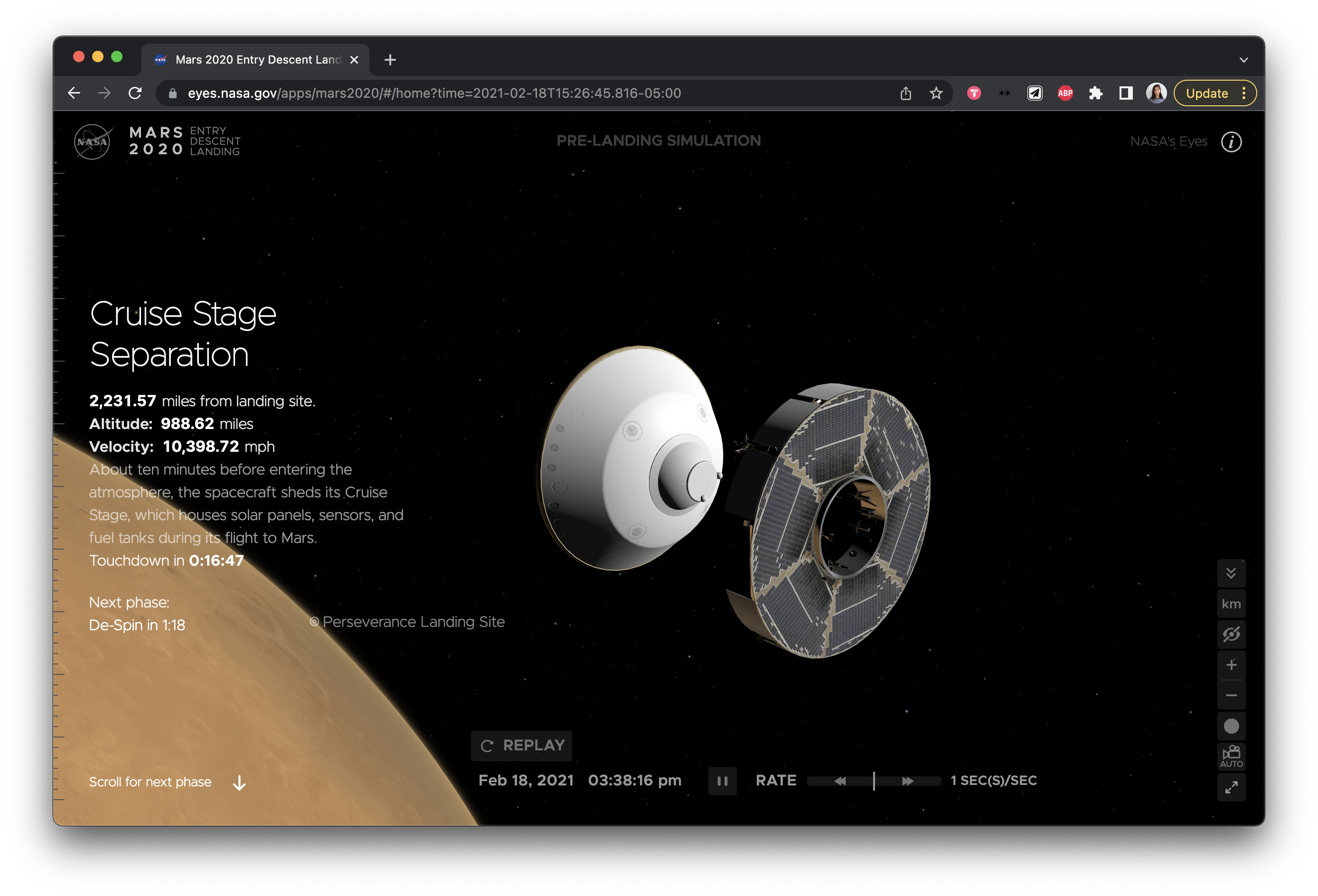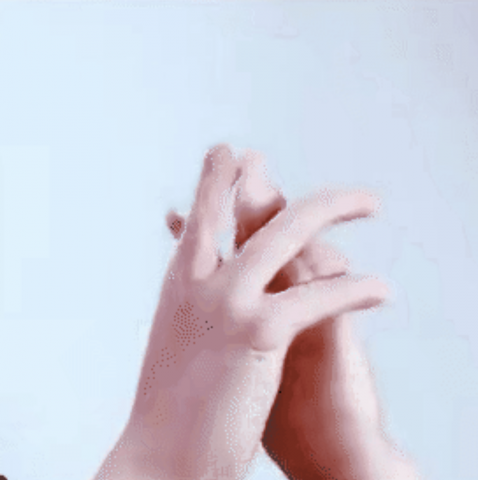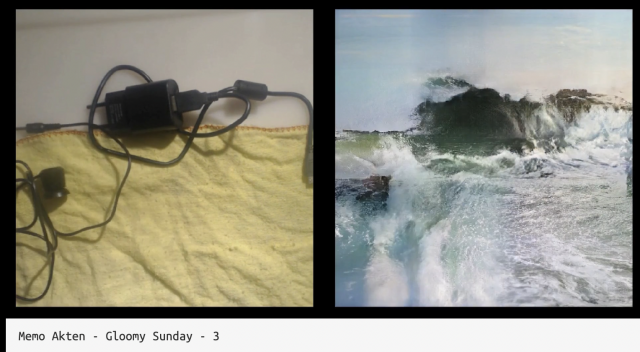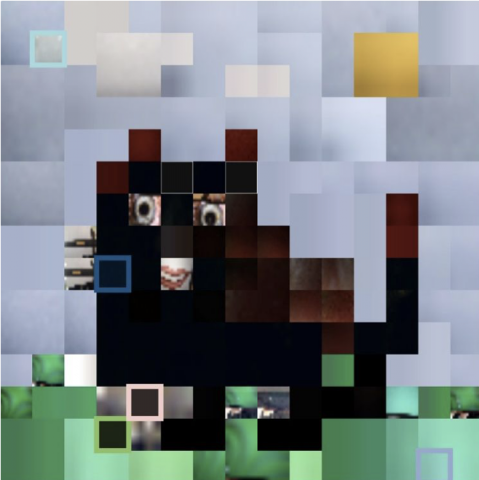Nine Eyes of Google Street View by Jon Rafman
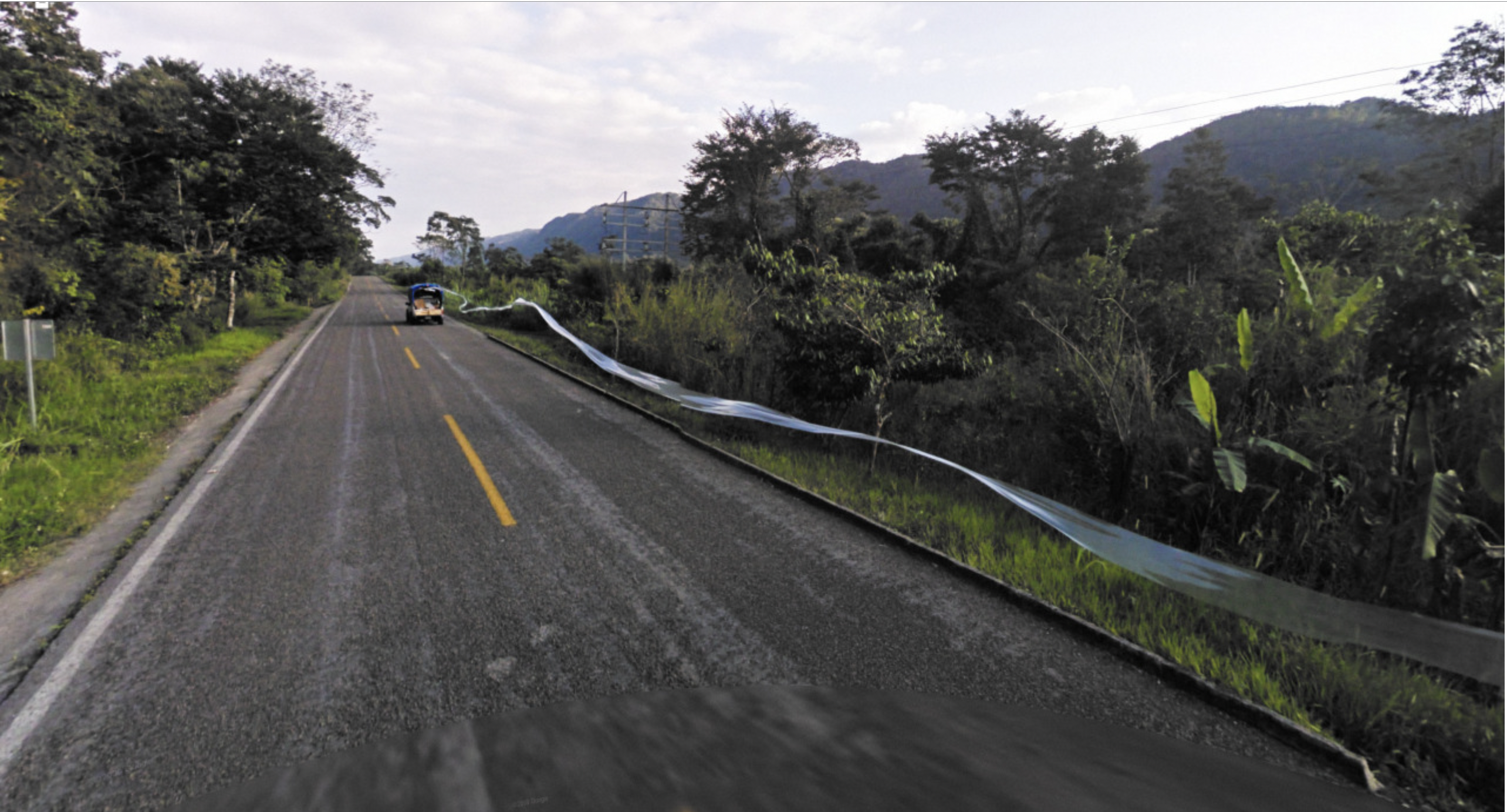
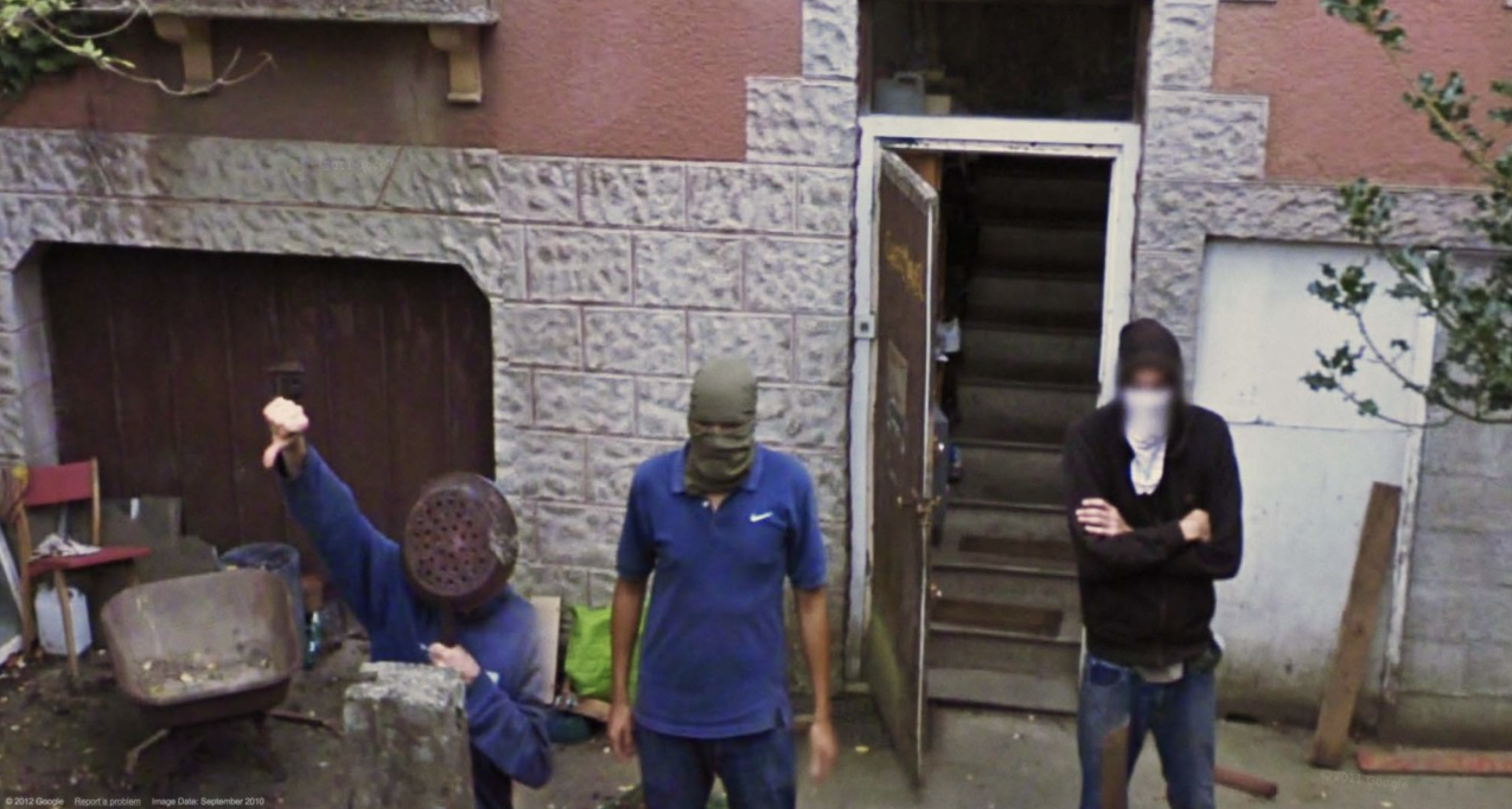

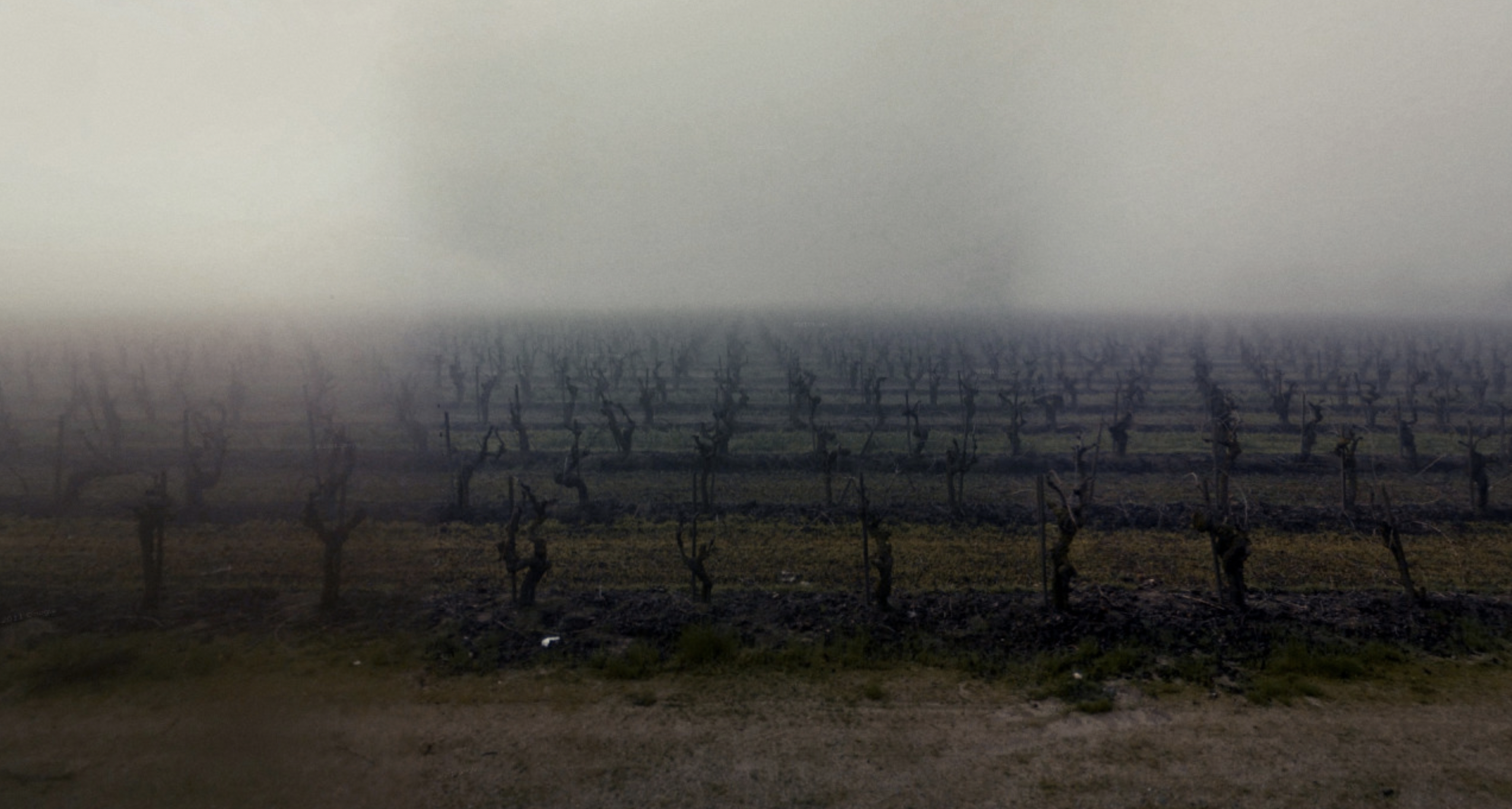
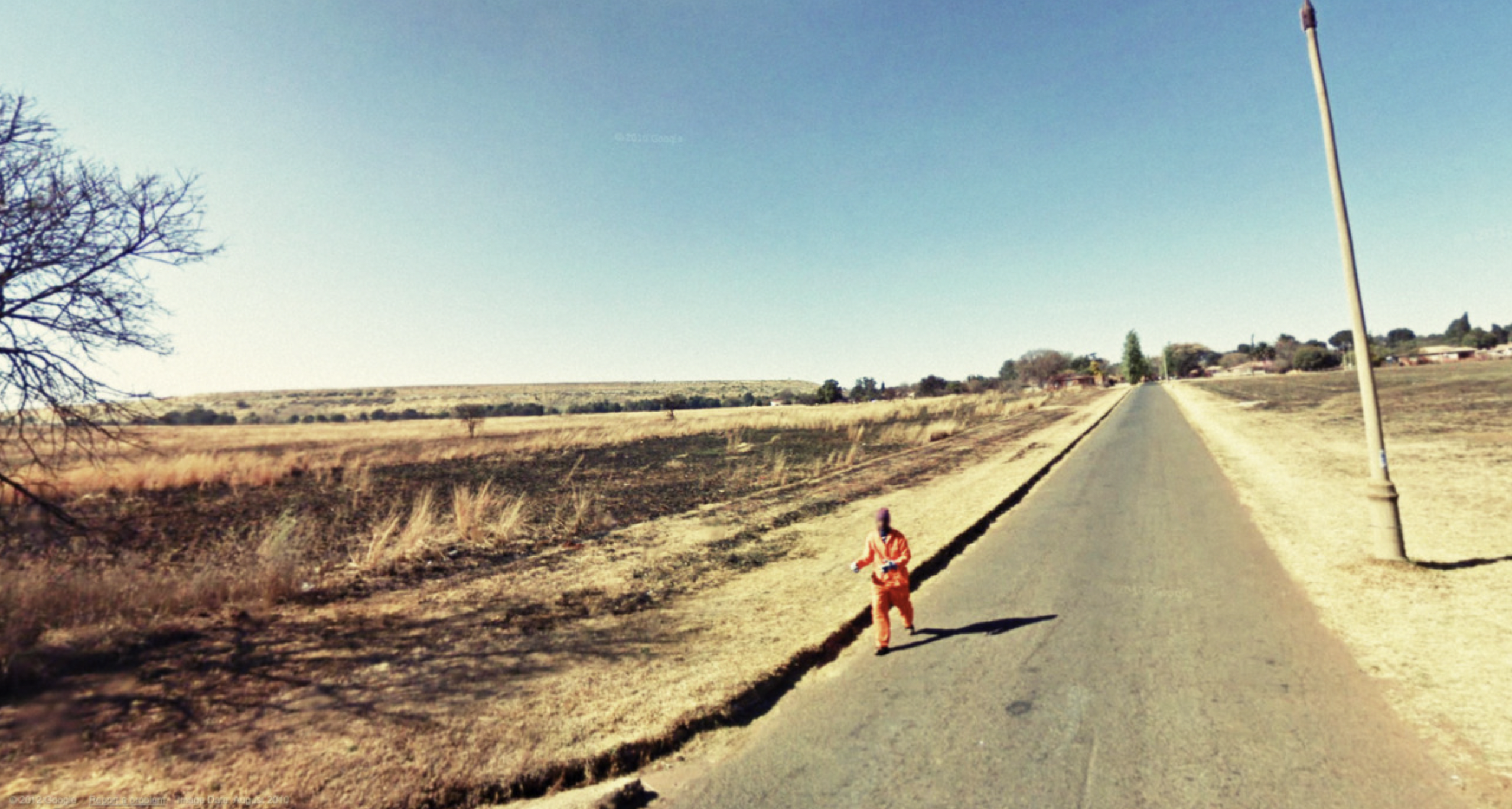
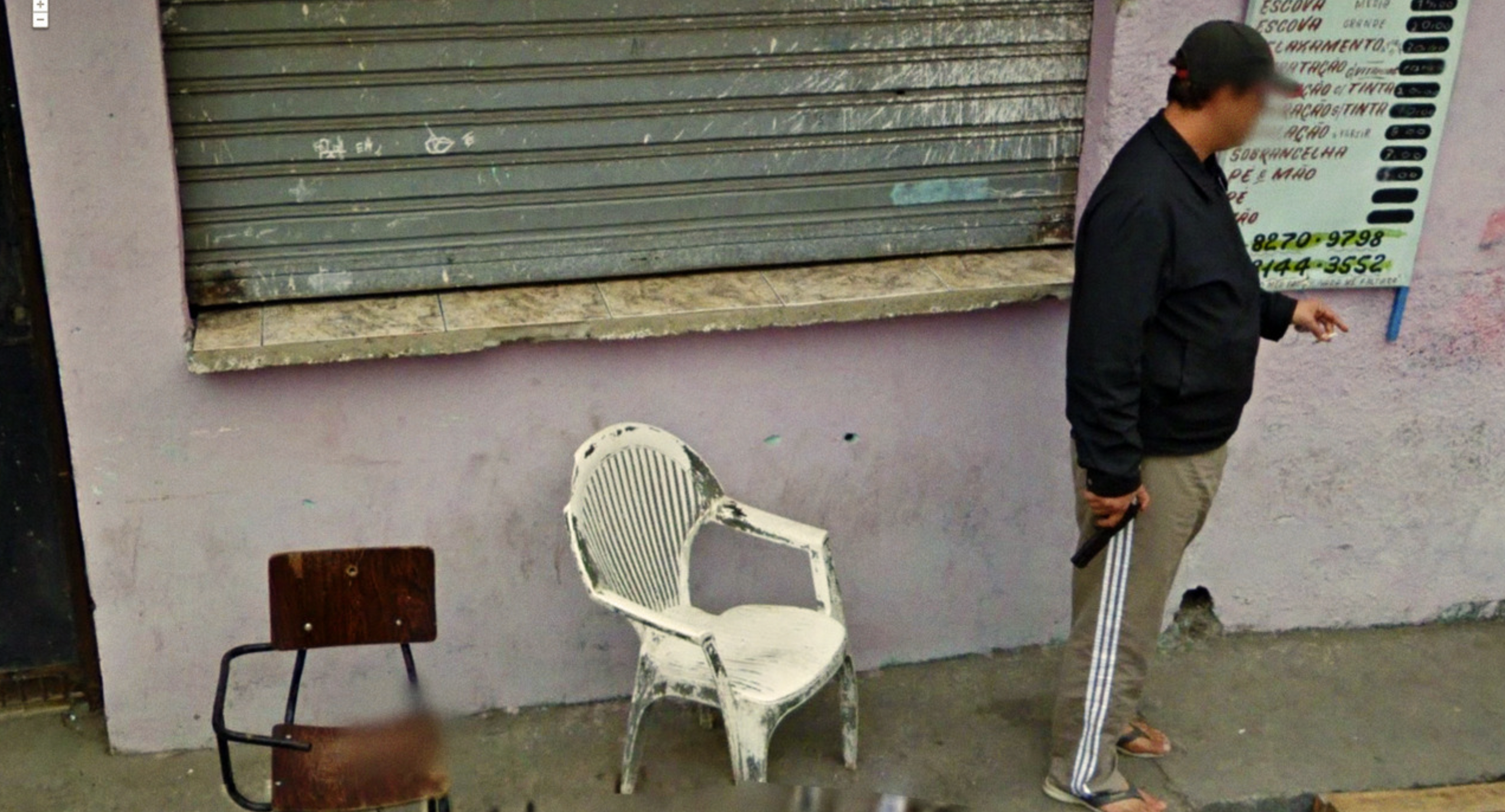

This work is an archival and conceptual project started in 2008 by artist Jon Rafman. These images are all screenshots from Google Street View’s image database, back when it was a new initiative without the kinds of regulations that it has nowadays. At that time it was (and still somewhat is) “A massive, undiscerning machine for image-making whose purpose [was] to simply capture everything, Street View takes photographs without apparent concern for ethics or aesthetics, from a supposedly neutral point of view.” The work meditates on the implications of this kind of automation of image-making, and at this kind of scale.
I am so glad I came across this project. It really struck me going through all of these images, I just could not stop looking. As a collection for photography’s sake, they work together to really poetically capture subtle moments of life, whether it be ugly, mundane, funny or really beautiful. But as you look through these photos, it feels really eerie too. It feels like you shouldn’t be looking at a lot of these (I mean.. because we shouldn’t) and yet here they are, moments of life captured with no regard for its subject. Some of these photos made me audibly gasp, like the one of an inmate running or one showcasing what looks like a kidnapping. And then in the same collection you have a guy mooning the camera. Or a set of white laundry billowing in the sun. It’s just strange and so eerie. I really, really love it though.
I think this also holds up so well in our current times with the development of computer vision and artificial intelligence. The technology is certainly developing and yes, the ethical side is too – but definitely not enough considering many of the issues posed in Rafman’s work are still relevant today.
Here is the image collection:
https://conifer.rhizome.org/despens/9-eyes/20180103101851/http://9-eyes.com/
